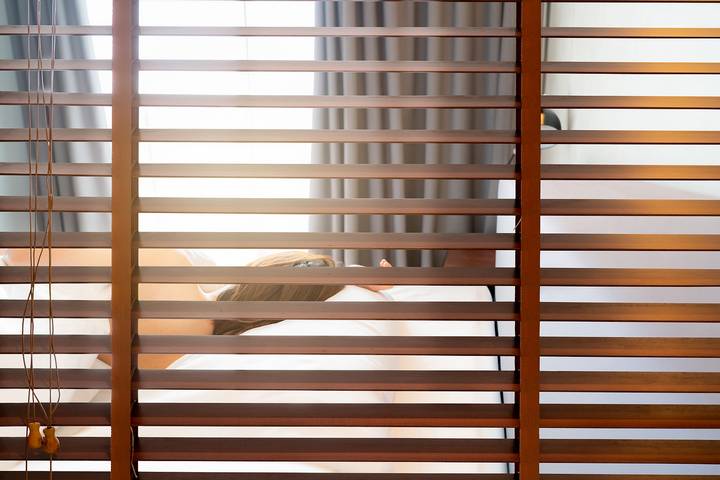
A room’s decoration can define a home. They set the scene for anybody who enters your space; as such, every aspect of the decision should be thought out carefully. The debate between blinds and curtains is a prime example. This decision allows you to control the space’s light, privacy, and temperature while complementing or contrasting the rest of your decor. Lucky for you, you have various options to choose from!
Blinds feature movable slats that can be pulled up and down to let light into a room. The slats can also be adjusted to allow varying concentrations of light into the room. Conversely, curtains are made of panels of fabric that can be pulled left or right to let light in. You can opt for different curtain materials to change the amount of light you want to let in.
Be sure to consider factors such as cost, ease of installation, maintenance, lighting contributions, and overall addition to the room’s atmosphere. As such, we have consolidated all the information relevant to your decision to help you determine which one is right for you.
Keep reading to discover which one you should use in your home.
Blinds vs Curtains: Price
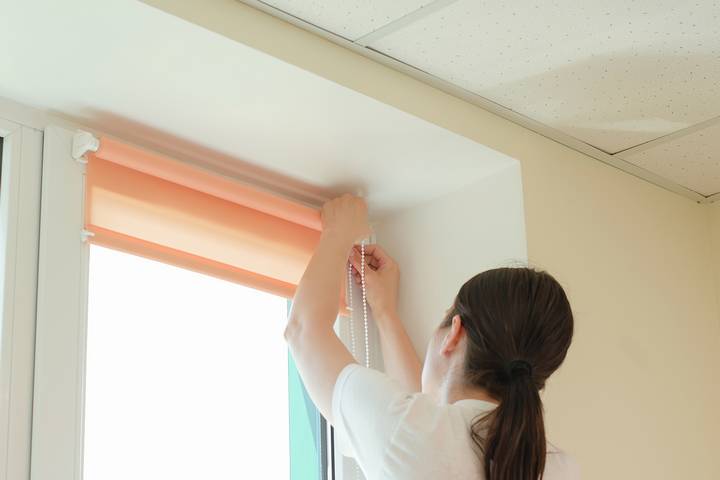
Blinds require brackets, mounts, and slats themselves. Although this sounds overwhelming, they typically take less material and time to manufacture and install. Because of this, the price tag on blinds (and their installation) is cheaper than that of curtains. It takes approximately 15 minutes for a professional to mount the blinds, and you are well on your way!
Depending on the material of your blinds, the cost can vary— plastic is cheaper, with wood and high-quality vinyl on the higher end. On the other hand, Curtains require more material and time to manufacture and install.
A professional can take more than an hour to install brackets, slide the panels onto the rod, and secure it. As with blinds, the material you choose can impact the cost. Cotton curtains will be cheaper, while linen or silk curtains are the pricer options.
Blinds vs Curtains: Style
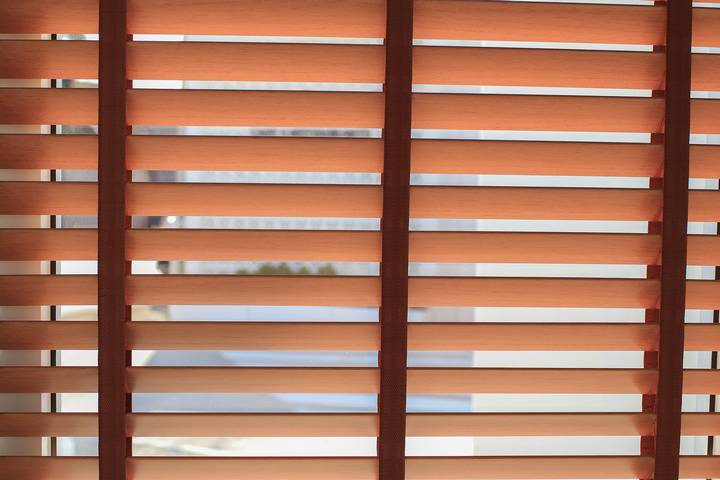
Blinds are simply slats of various materials, they are often more difficult to style. They tend to have a smaller range of textures and materials. Of course, there are exceptions. Hunter Douglas blinds are popular because they come in many gorgeous colours and styles. They can match many versatile themes across different homes.
On the other hand, curtains are long lengths of fabric, meaning they come in a wider variety of textures, styles, patterns, and colours. Because of this, they can work well for any aesthetic you are trying to accomplish!
Blinds vs Curtains: Control
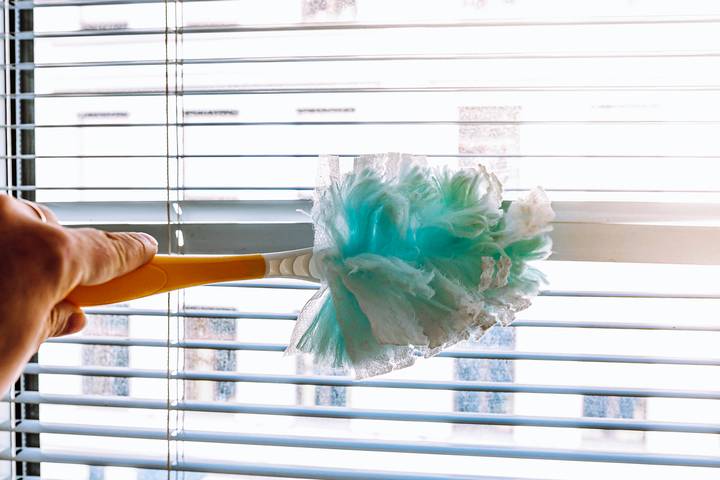
Because blinds have adjustable slats, you can adjust them to allow various amounts of light into the room. Pulling the cord attached to the blinds (the lift cord) can pull the blinds up completely, revealing the window.
The tilt wand also allows you to adjust the angle of your slats and, thus, the angle at which light enters. The downside is that some light can enter the room even when fully closed, while closed curtains block all light.
Blinds vs Curtains: Cleanliness
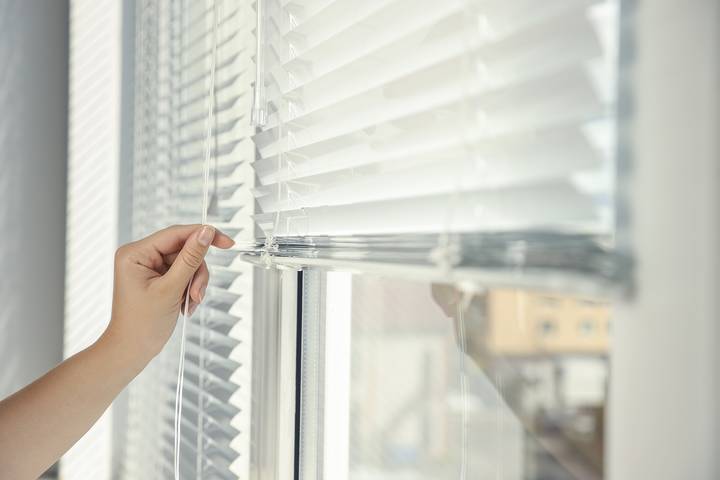
The typical surface of blinds (plastic, hard, slick) makes them easier surfaces to clean. To remove dust from the slats, you simply dust them with a microfiber cloth or a duster. If you have more stubborn stains to remove, you could use a cloth dipped in soapy water and wipe down the front and back of the blinds, making sure to use a dry cloth afterwards to wipe them dry.
Cleaning curtains, however, is another story. To remove dust, it is recommended you vacuum from the top to bottom of the curtains with a dust brush attachment. Dirt and stains on curtains require a carefully curated solution instead (many of which you could make yourself or purchase in-store).
Blinds vs Curtains: Longevity
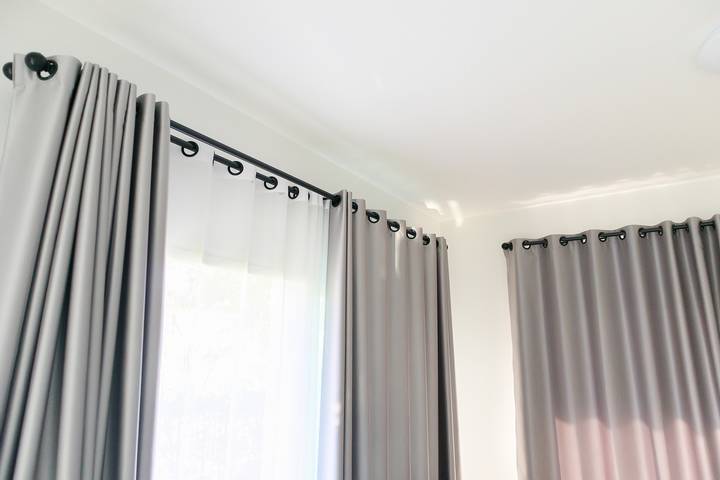
Blinds that are maintained well can last upwards of 15 years! Because of their synthetic material, they are more likely to be resistant to discolouration. Their structure (solid, plastic) makes them less susceptible to wear and tear.
On the other hand, fabric curtains are more prone to staining and tearing, so they usually do not last more than ten years.
Blinds vs Curtains: Insulation
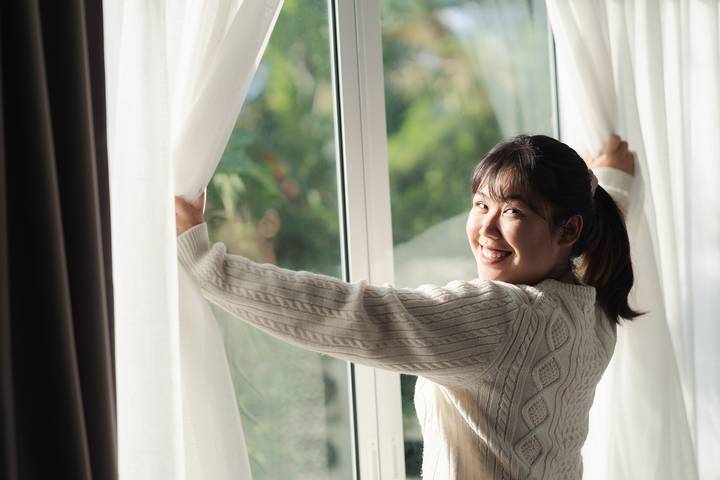
Curtains lack the slats of blinds, which often allows heat to escape. This can reduce heat loss in a room during the colder months, thus, lowering utility bills. Although blinds can provide insulation, they cannot provide the same amount as curtains.
Also, the thicker the curtains, the more insulation they can provide. In contrast, blinds are more energy efficient in warm weather because they decrease the heat garnered in a room.
